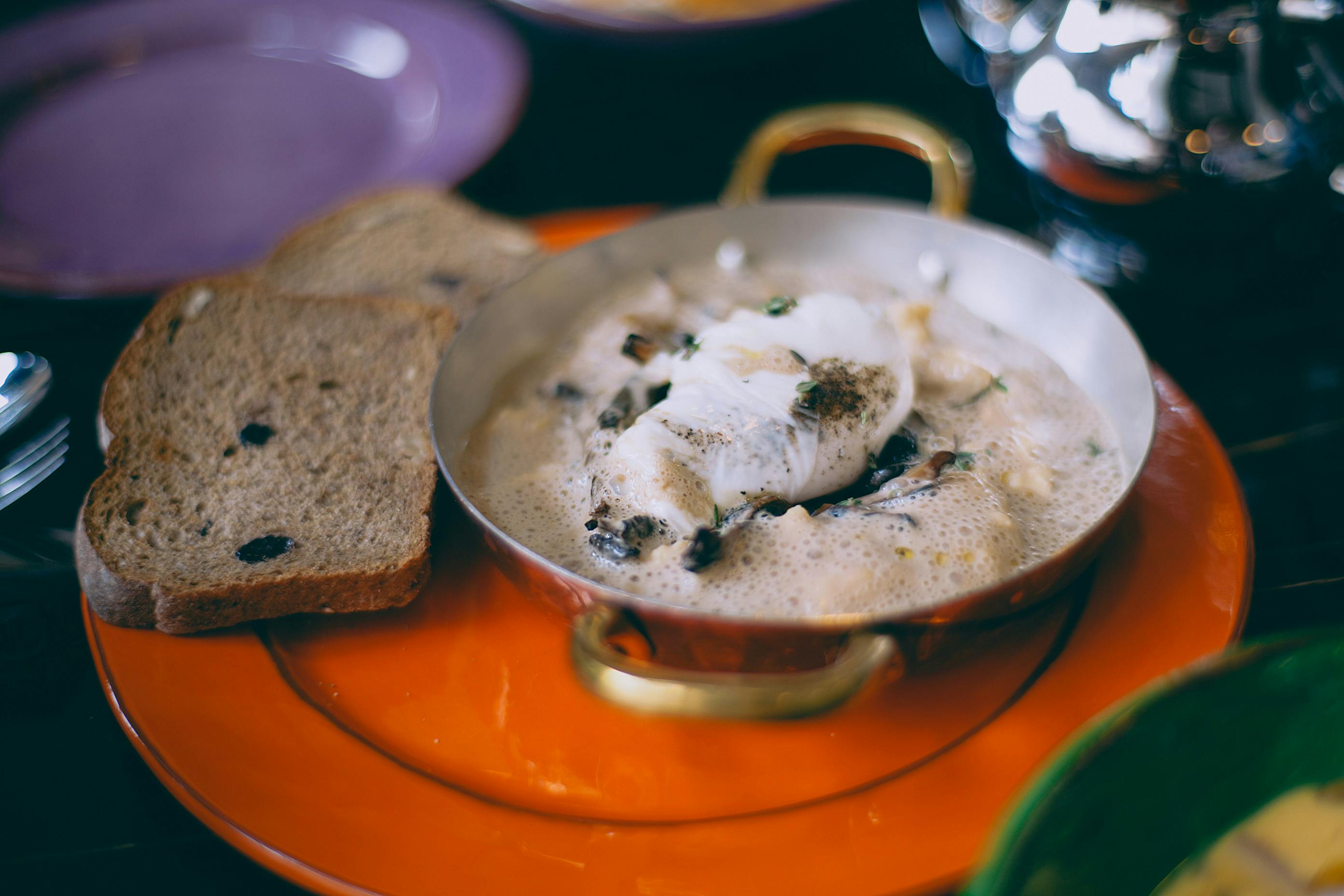
The Basics About Granite Kitchen Countertops
admin
- 0
Granite is made up of feldspar, quartz, mica, obsidian, and silica, along with a few other naturally occurring minerals. Most people who select granite kitchen countertops over other options such as laminate, Siltstone, or Corian do so because of the distinctive natural beauty of granite. Each granite slab has its distinctive crystals, color variations, and depth. Granite does not change color, so it will not lose its special shine over time. The granite that is used for countertops comes from different parts of the world, including Brazil, Canada, Italy, the United States, and other countries.
The cost of granite kitchen countertops will differ based on square footage and other factors, such as edge type and backsplash options. 6.35mm thick round and beveled edges are standard. A single edge will increase the cost of the countertop. Although some granite countertops are quite sturdy, the granite itself will generally not carry a warranty as it is a natural stone. However, most installers will guarantee the installation.
There are some substances that can stain some granite kitchen countertops and these are acidic chemicals, mustard, oils and wine. Still, granite is a very heat-resistant type of stone that will not blister, crack, or scratch with normal use. Granite can be easily cleaned with warm water and mild dish soap. There are special stone cleaners that can be purchased to clean granite as well. Abrasive cleaners should never be used on granite countertops.
Typically, water-based formulations are used to produce a protective seal for the granite surface so that oil, water, and other substances do not seep into the granite countertop. After a while, a granite countertop may need to be resealed, especially if moisture begins to soak in, rather than bead up. Granite countertops should be resealed once or twice a year. Some professionals strongly recommend applying a non-yellow paste wax up to twice a year. Under normal circumstances, your granite kitchen countertop will not need to be re-sealed by a professional.
Because each piece of granite is distinctive, whenever a part of a countertop needs to be replaced due to damage, it will most likely not match the original countertop. While most granite countertop installers avoid having seams, some granite countertops may end up with some seams. The positioning of the seams is determined by the layout and design of the countertop, as well as any supports that are needed. Seams in granite countertops are usually filled with a clear or color coordinated epoxy.
Granite kitchen countertops are usually very heavy, around 11 to 14 kg or 25 to 30 pounds, per 09 square meters or one square foot. Cabinets will need to be checked to see if they can support that amount of weight. There is no need for an undercounter between granite countertops and cabinets.
Some of the most popular colors for granite kitchen countertops are white, black, and gray, and those colors work well for most contemporary kitchens. Granite kitchen countertops are well known for their beauty, rich patterns, and durability.

